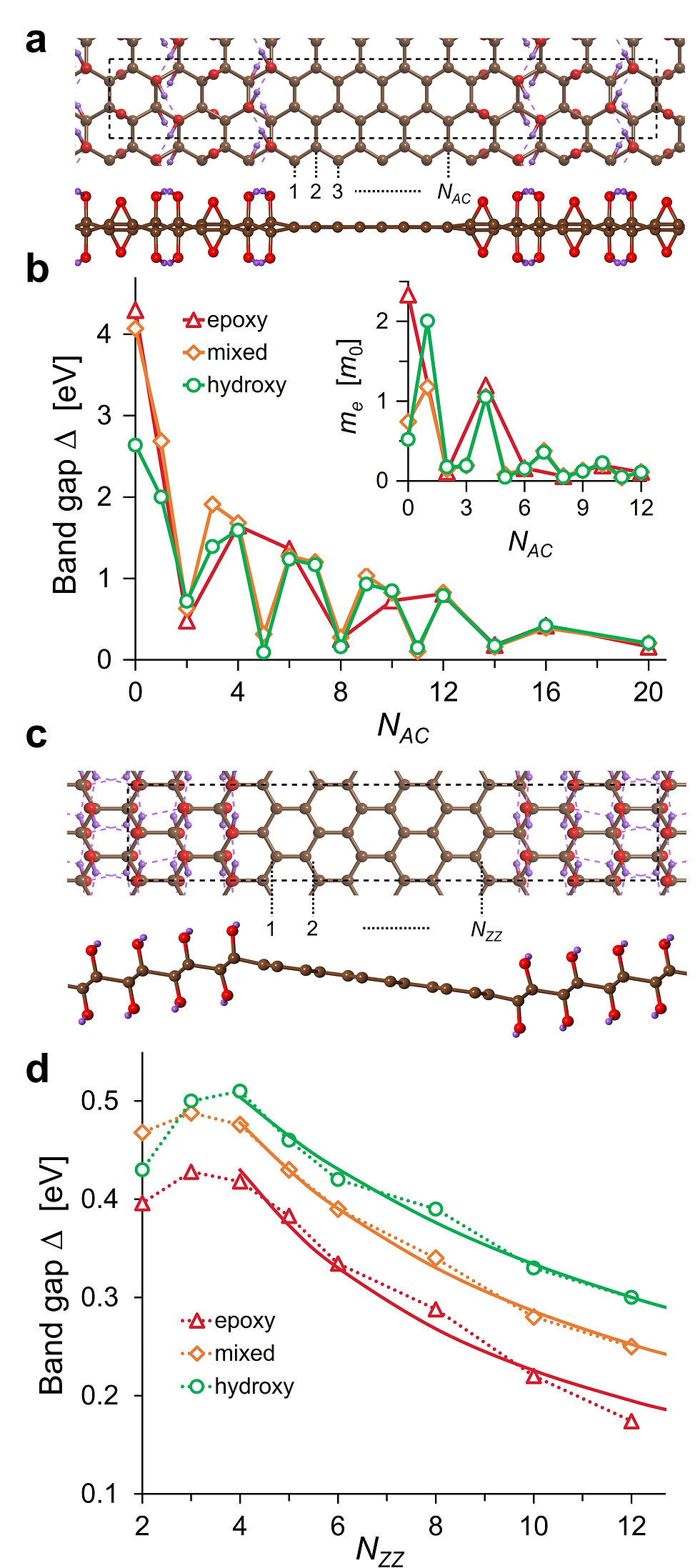A review has been published in Nanomaterials (with 339 references ) devoted to the analyze the current state-of-the-art in the field of BN-based nanomaterial fabrication and applications based on their amazing properties. Due to its unique physical, chemical, and mechanical properties, such as low specific density, high specific surface area, excellent thermal stability, oxidation resistance, low friction, good dispersion stability, enhanced adsorbing capacity, large interlayer shear force, and wide bandgap, hexagonal boron nitride (h-BN) nanostructures are of great interest in many fields. These include, but are not limited to, heterogeneous catalysts, promising nanocarriers for targeted drug-delivery, BN nanostructures containing antibiotics and/or bactericide nanoparticles to fight bacterial and fungal infections, a reinforcing phase in metal, ceramic, and polymer matrix composites, additives to liquid lubricants, substrate for surface enhanced Raman spectroscopy, agent for boron neutron capture therapy, water purifier, gas and biological sensors, photodetectors quantum dots, single photon emitters and heterostructures for electronic, plasmonic, optoelectronic, semiconductor, and magnetic devices.
In recent years, the number of articles devoted to nanostructures of hexagonal boron nitride (h-BN) has grown rapidly, and the scope of their applications has expanded significantly. Statistics of publications and citations when searching for keywords “BN nanostructures” in the Web of Science database are shown in Figure. The number of annual articles has already exceeded 900, and the number of citations is more than 4000. The main goal of this review is to provide a critical analysis of the state of the art in the field of h-BN nanostructures based on a review of the most recent works in order to demonstrate their promise in many critical areas of modern science and technology.

Statistics of publications and citations when searching for keywords “BN nanostructures” in the Web of Science database
Review have published in Nanomaterials 12, 16, 2810 (2022) .





